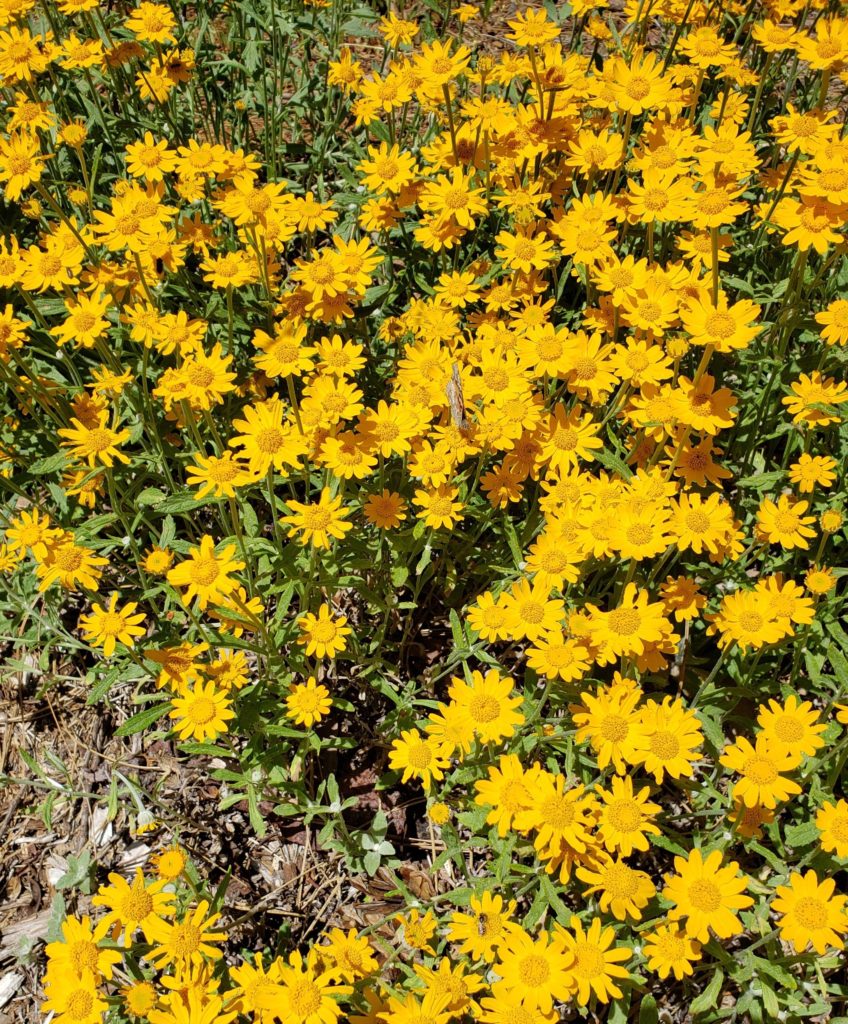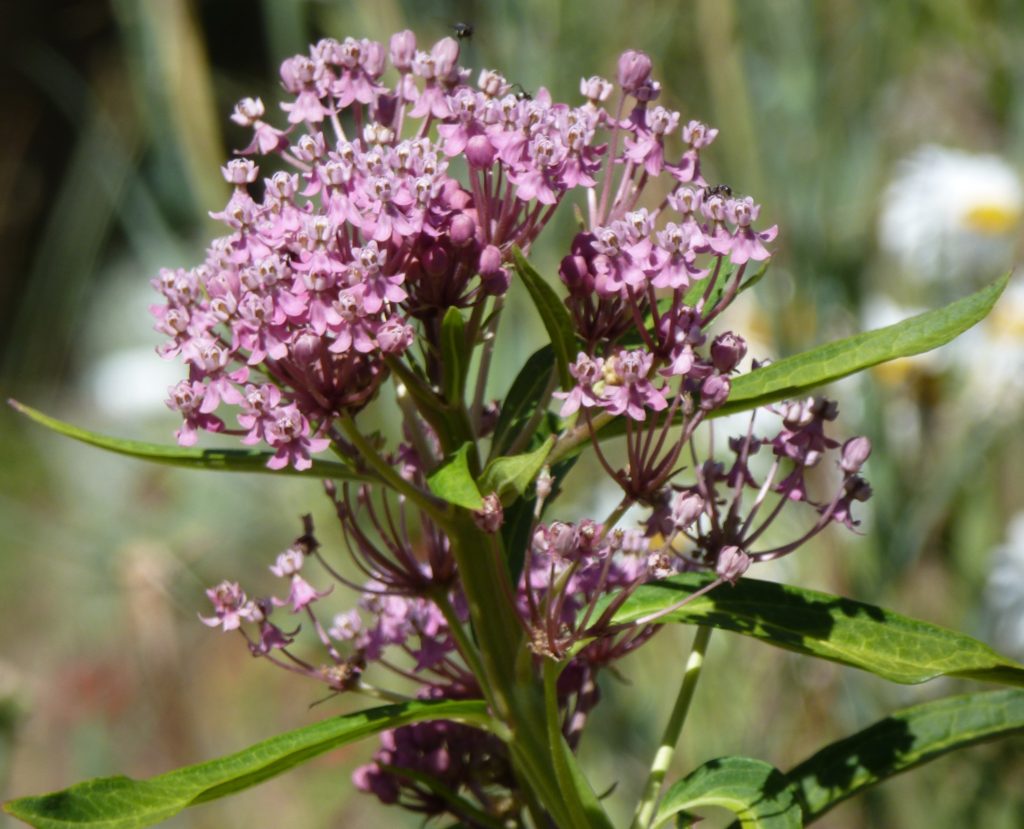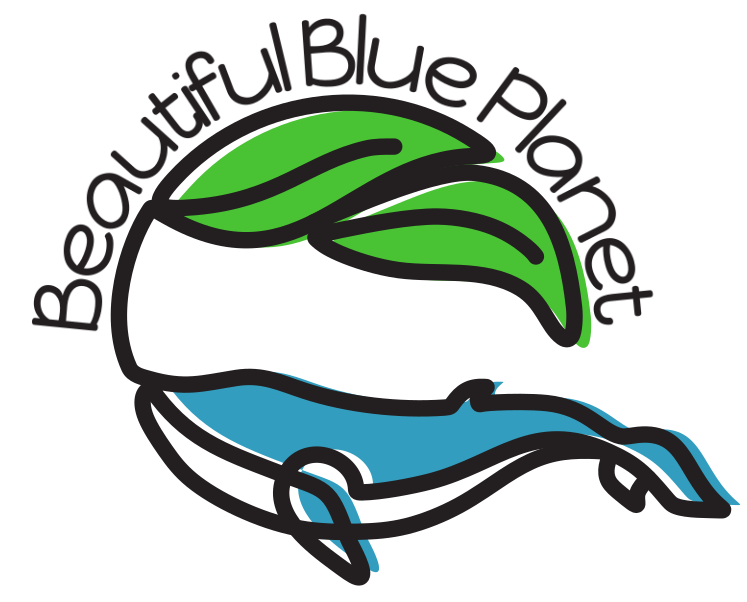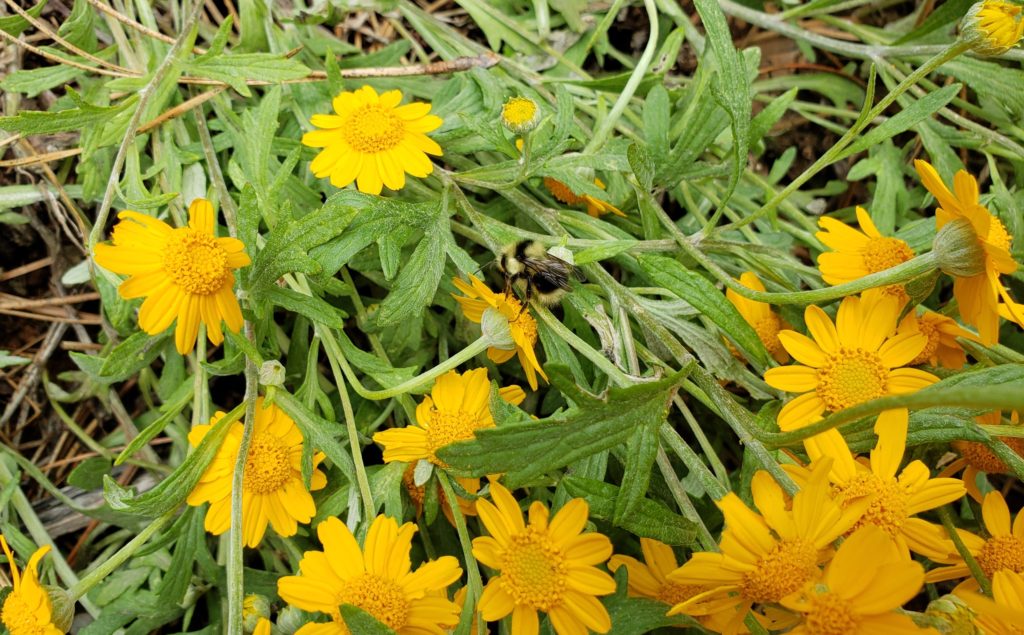What is Ecological Landscaping? What Does it Do? And How Do We Start?
Ecological landscaping is all about preserving and restoring the ecosystems we live in. Right where we live—in our own backyards. Without healthy ecosystems we don’t get the essential benefits they give the earth. These benefits are many and are crucial for our survival.
Also known as ecosystem services, these benefits include: oxygen, water purification and storage, pollinators, insects, birds, fish, and all mammals.
Ecosystems provide a complex system of checks and balances that keep populations balanced. Ecosystem services are what you get when you have good, healthy biodiversity — the full range of plants and animals that have evolved in a place.
It’s important stuff! And it’s ridiculous to live as if these things aren’t worth knowing about, protecting and restoring.
So the premise of ecological landscaping is to preserve and restore ecosystems. And we can start with the ones we live in.

Does it have to be ugly? Or “weedy” looking? No! The art of the practice is to accommodate human life into a natural system. And to do it beautifully. You may not yet even know all the native plants in your area. There’s a beautiful little world out there waiting for you to explore. And to put together in a way that functions for you and your home.
Why do we need to practice ecological landscaping now?
Since the dinosaur extinction, we are facing unprecedented biodiversity decline, especially noticeable in bird and insect populations. Over the past 50 years, there’s been a 29% decline of birds across North America, as reported in the Oct. 4, 2019 issue of Science. That’s 2.9 billion fewer birds. This includes both threatened and populous birds. And it can all be attributed to human activity.
Insects are declining for such reasons as agricultural practices and habitat loss, which includes their food sources, which I’ll describe in a moment.
Birds are declining for the same reasons and they face additional challenges from outdoor house cats, collisions with tall buildings and other structures.. And most significantly, their crucial food for rearing young in the spring is insects, which are in decline.
Ecological landscaping starts by planting native plants for…the insects!
Native plants are the best plants to grow in the soils you have, with the climate and rainfall you naturally get. This alone makes growing them one of the best choices. But there’s something else that’s so fundamental to ecosystem health.
Native plants feed the insects that live in an ecosystem
The foliage is what the caterpillars and many other insects need to be able to develop into adults and breed, many pollinating while they’re at it. The native foliage has the right leaf chemistry that the native insects evolved with. So they’re the only food that the insects can eat. There are some outliers, where the insects are more general in their food requirements.
The insects we don’t really want are the pests that have come in with exotic plants we import for our landscapes. And what is out there that can keep check on runaway populations of insects? Birds.
Birds need to eat a lot of insects to rear their young in the spring time
They need up to 5,000-9,000 insects in the spring to rear a brood. If there are few native plants to feed the insects, there are fewer insects. With fewer insects, there will be fewer birds.
And with fewer birds the likelihood of pest outbreaks rises. Birds naturally keep the insect population under control by eating about 70% of them! That’s why ecosystems need to stay strong and complex, so they have the resiliency to be able to respond and recover from changes.
Have you been hearing abundant birdsong, as much as you did when you were young? Probably not, if you’ve been paying any attention. See my article on this.
Bird populations are on the decline, and are declining quite rapidly. This makes using native plants crucial.
Insects are vital to all life
Insects are vital for birds an they’re vital to fish, lizards, spiders, frogs and toads, snakes, foxes, and even bears will tear apart a fallen tree to eat up the insects.

it
Insects are crucial for breaking down dead plant material and returning the nutrients back into the soil.
When we landscape with exotic plants we are taking considerable land away from the insects and making it a sterile desert for them. Fewer insects equal fewer birds. And other animals.
You can still grow your favorite plants!
There is a 70% rule: make your landscape 70% natives, at a minimum, by biomass, to provide adequate insect numbers for the birds in your area to help them rear their young. The Smithsonian conducted a study and found this to be a general number to go by for success. It may need to change one day, but it’s a first goal to shoot for.
That means you still have the other 30% for your favorite plants: vegetable garden, fruit trees, flowers, and herbs.
Don’t we have enough space for healthy ecosystems already?
If you think that there’s plenty of wild, unadulterated land out there to maintain the ecosystem services we and the earth need to stay healthy, you’d be surprised at what we’ve done to our planet. “…The consensus among landscape ecologists is that 3-5% of the land remains as undisturbed land for plants and animals”, according to Douglas Tallamy in Bringing Nature Home.* And that’s just in the US. And that means 95-97% of the land has been altered to reduce the plants necessary for the insects, birds, and mammals to provide the ecosystem services we all need.
Do you know your ecosystem at all?
What makes your ecosystem starts with the geophysical features of the land where you are. The rocks, soil, sun, and climate have created the ecosystem for your land. Do you know what has been in your spot for millennia?
You may see trees and wild shrubs that grow naturally. The surrounding areas may have some native plants, but also may have plants that are not native and are invasive and weedy. They propagate easily and can become a dominant feature of the land. Learn what naturally grows in your area and learn what has come in on its own or with human help. Find out what the non-native plant has displaced.
I can assure you that every little niche of ground has a few native plants that fit right into it. And every little plant has a few animals that depend on it. Each of these plants and animals is part of the biodiversity that creates the ecosystem that supports us all. Remember: oxygen, water purification and storage, pollinators, insects, birds, fish, and mammals. Pretty important things.
Even if you don’t know your ecosystem too well, try to find the experts in your area who do. From landscape professionals, to specialty native plant nurseries, local garden writers who write about native plants, and native plant societies and botanic gardens, you can get help in selecting the right plants for your landscape. Plants that fit in and feed your ecosystem. Plants that maintain the unique quality of your spot on the earth.
For starters, you can get a list of top plants for your zip code in the Native Plant Finder at the National Wildlife Federation site.
Help the warming climate with healthy soil
Another premise of ecological landscaping is building soil. Healthy soil takes in CO2 from the atmosphere and locks it up and keeps in in the soil for the long-term. That locked up CO2 creates the matter that allows all the industrious and beneficial soil organisms to thrive and maintain a healthy system that supplies plants with the nutrients they need.
Build a healthy soil in all your areas. The ones that are more intensively gardened will likely need some form of amending. Use composts, and if necessary, only organic fertilizers that contribute to soil health not just plant growth and production.
Eco-landscaping conserves, stores, and cleans water, providing resiliency to water shortages
The organic matter in the soil also allows the soil to receive rainwater more readily. It has the porosity and organic matter to hold water, allowing it to seep into the deeper soils and aquifers below. This provides for more long-term water storage. When water eventually finds its way out of springs or from our wells, we have effectively captured and stored our rainfall.
Native plants are genetically geared to live within the normal rainfall amounts. With good water conservation practices supplemental watering can be used for food, flower, and herb gardens. And water use can be kept to a minimum.
Catching rainfall is very possible
There are some amazing stories of people in arid regions who were vulnerable to drought who worked to capture rainfall and made it available to their food growing system. Here are some videos and books to get some wonderful inspiration.
Watch these wonderful videos on YouTube: “The Rainwater Harvester” , “Selah: Water From Stone”, and “The Miracle Water Village”.
Also see the book Rainwater Harvesting for Drylands and Beyond, Vol. 1* & Vol. 2,* by Brad Lancaster, Rainsource Press, and go to HarvestingRainWater.com for more info and classes.
Grow without polluting, toxic chemicals
The aim for a healthy landscape is to grow plants without treating them to toxic inputs, like pesticide and herbicide treatments. Healthy soil, plants placed in the right conditions, and appropriate watering practices start you off with all odds in your favor. With a healthy ecosystem around your plants you already have access to natural checks and balances. You can help a garden by planting other non-native plants that attract the native beneficial insects.
Feed the soil with composts and mulches and you are feeding the soil life that feeds the plants in the most natural and effective way.
There’s always an environmentally friendly solution to a pest problem. Using toxic materials can damage soil life and beyond.
We must act now
Can you imagine a world with no birds or with no bees, butterflies, or other buzzy little things flying around? If that comes to pass the rest of life will collapse.
Is that what we want for our children? Now that you’ve read this post you are informed. I implore you to take action.
I’m sure that every one of you wants a good life for your children and your grandchildren. A good place to start is in your own yard. Seek out native plants, get help with learning about them, get advice from knowledgeable people in your area to help you.
*This is an affiliate link. I may earn a small commission at no extra cost to you if you make a purchase through an affiliate link. I only recommend products I can truly recommend.
Related Reading
Plant These Flowers for the Bees (and Other Pollinators Too!)
Our Gardens Can Save the Bees—Much More Than You’d Think!
Save Our Birds by Planting the Right Plants and Give the Best Gift to Our Children
Grow an Insectary Garden for Beneficial Insects–They’ll Provide Pest Control and Pollination

